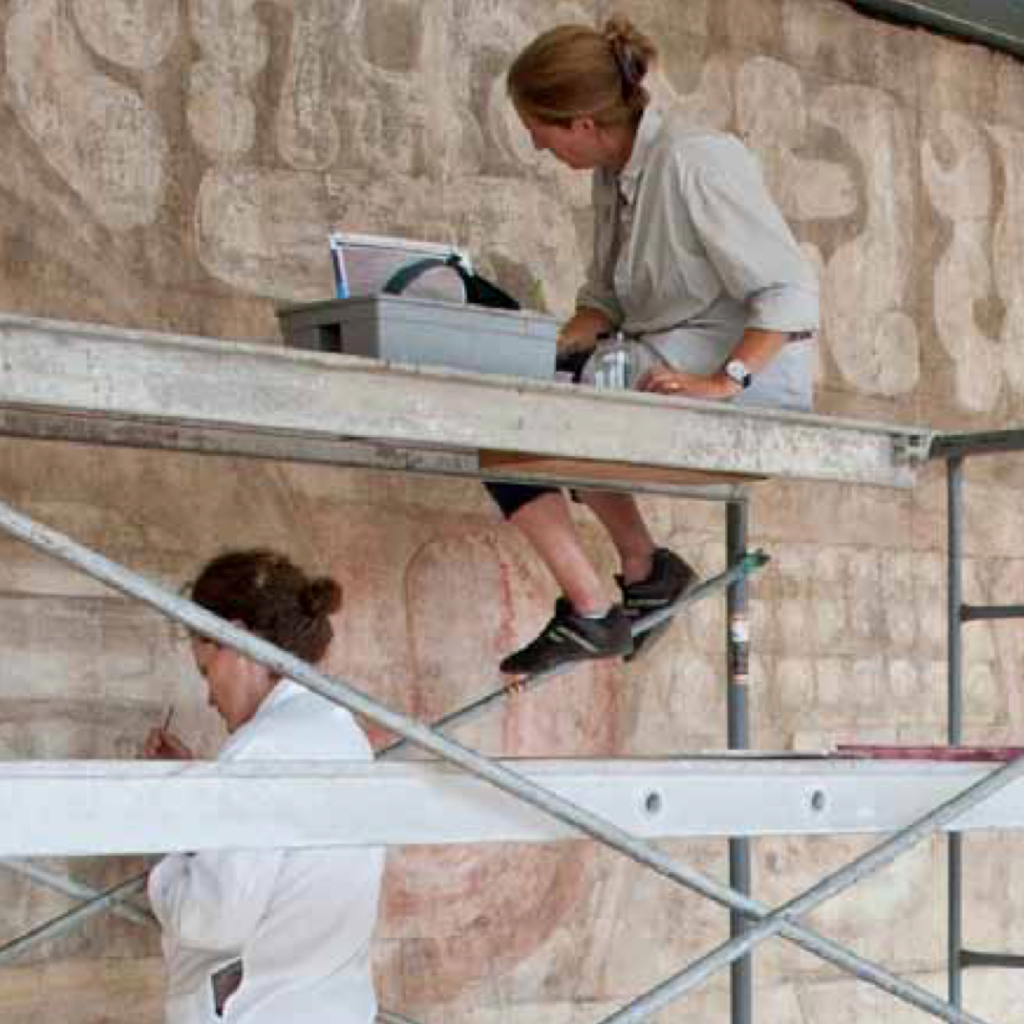Olvera is the show’s mariachi-styled opener. It takes place in 1932 on a forgotten alley near downtown Los Angeles. Mrs. Christine Sterling, a socialite and do-gooder, must convince Mexican Americans living and working on the alley (Olvera Street) to embrace her plan to turn the street into a replica of a quaint Mexican village. Her plan is to create a tourist destination where some of the revenue will be used restore the dilapidated adobes on the street—the last historic structures from the City’s beginnings. Sterling must also convince owner of the LA Times, Harry Chandler, for funds to help her realize this vision. Eventually everybody gets on board except Rita (lead), who’s uncomfortable with pretending to be something she isn’t—a Mexican peasant when she’s actually a modern American woman.
AMÉRICA TROPICAL tells a universal story of a family fighting to stay together as systemic forces are tearing them apart.
Rita Rey, a young Mexican American, must save her family against Repatriation, the Depression-era policy where US citizens of Mexican ancestry were deported. Based on real people and events, our heroine uses her wits to outsmart a corrupt cop to get her family back. The show’s title comes from a controversial mural created by Rita’s love interest, David Siqueiros, the famous Mexican artist and communist revolutionary. América Tropical, the mural, is whitewashed but decades later manages to re-emerge, a metaphor for the resilience of Mexican Americans. In the end Rita understands the truths revealed in Siqueiros’ mural cannot be whitewashed or covered up, and América Tropical still speaks powerfully of acceptance and equality. This show aims to entertain a wide-ranging audience coming from different backgrounds. Although the underlying themes of América Tropical are vital, the overarching tone is upbeat and lively— in a vein similar to shows such as Cabaret, Evita, Chicago, among others.












